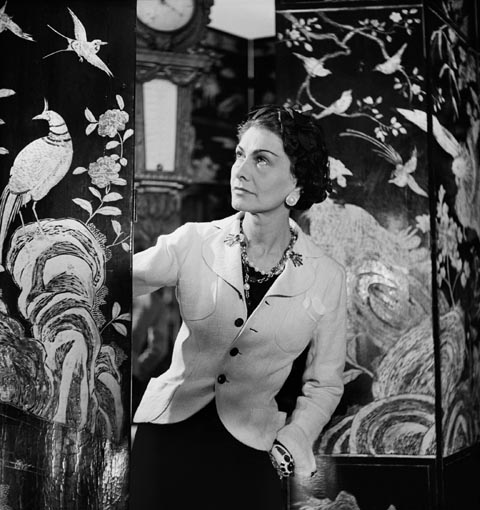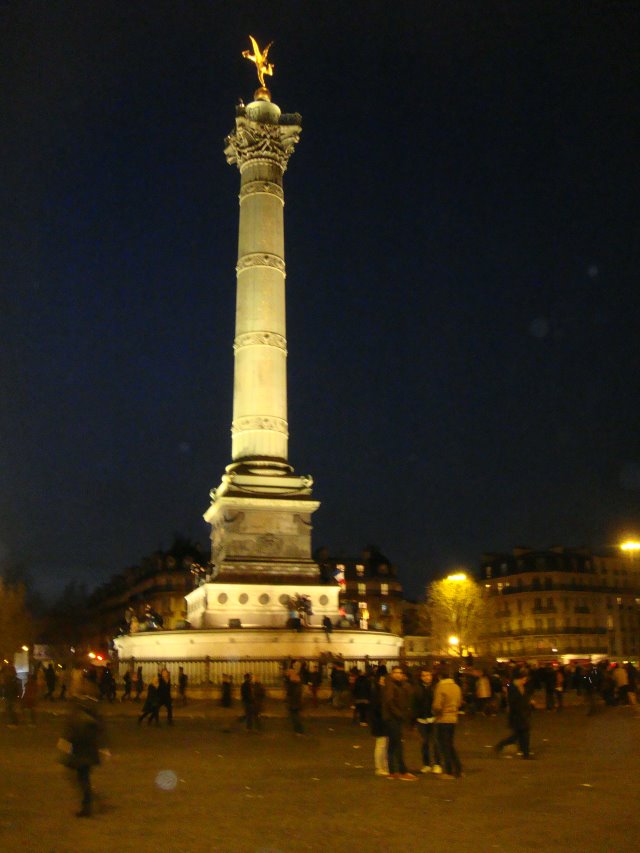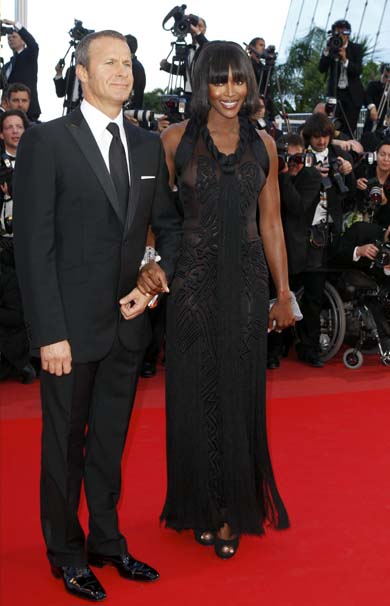 Yves Saint Laurent’s passing is such a shock to the fashion media because he was the world’s greatest couturier.
Yves Saint Laurent’s passing is such a shock to the fashion media because he was the world’s greatest couturier.
When we broke the news on Sunday night at Lucire, it was obvious that we were marking the end of an era.
The casual observer might say that the end occurred in 2002, when Saint Laurent retired to his house in Marrakech. But while he remained alive, there was always that link to one of fashion’s pure geniuses.
Saint Laurent, perhaps like Mozart, did not have formal training when he created clothes for his sister and mother. He was talented enough to be accepted into the Chambre Syndicale. When he created the trapèze look at Dior in 1958, he was not following some great marketing-trend projection. Nor were brand advisers present with studies about liberating women when he gave the world le smoking or the safari look.
It was only with hindsight that we, the media, made the connections for him, hiding the real inspirations that he had in his quest to become France’s greatest couturier.
The great irony is that as his influence grew, so did the YSL brand, which meant his name became so tied up with marketing, business, financial projections and trend forecasts.
While that brought Saint Laurent wealth, it was always clear that he was happiest simply being a créateur. It was a sign that it was better to preside over a genuine maison de l’amour than seeing if money bought happiness.
His passing perhaps marks the demise of a pure couturier who drew from something within, finding the essence not only of his muses, such as Catherine Deneuve, but of himself.
Today’s couturiers, while incredibly talented, are also more calculated and savvy. Saint Laurent could leave the calculations and savvy to his lover and company president, Pierre Bergé.
I am not saying one method is better than the other. But I do miss that era where we praised Saint Laurent because he was simply so good at what he did, setting the Zeitgeist for the simple reason that he did not watch the Zeitgeist.
Today’s designers, such as Gaultier and Ford, and even to an extent Saint Laurent’s contemporary, Lagerfeld, have a more balanced outlook, which obviously have kept them away from the down sides of Saint Laurent’s behaviour: his severe depression and his reclusiveness, especially during the 1980s.
It is also Yves Saint Laurent the recluse, the victim of school bullying, the man who saw himself as a latter-day Swann, that also makes today’s story all the more compelling. But again, it hides that single-minded desire, one which few of us would dare to do because we know of its personal cost.
When President Sarkozy made him an Officier of the Legion d’Honneur, the title of ‘hero’ wasn’t inappropriate for Saint Laurent.
He is a hero for that reason, and he has set the bar so high that it will take an extraordinary person to beat his record.
The Proust connection—Saint Laurent as Swann, by his own reckoning—does point to how he saw himself, cast out by society. It is invalid, because we are all the poorer now.
We have lost one of the purest designers; one fewer great figure on whom we can not only report, but bask in his genius.
Weather Girls in Cannes
Glamour UK announces star-studded 2008 award winners
Why Yves Saint Laurent’s passing is so felt in fashion
Categories
branding / celebrity / culture / fashion / journalism / Lucire / media / Paris / publishing / society / Zeitgeist
Filed by Jack Yan
branding / celebrity / culture / fashion / journalism / Lucire / media / Paris / publishing / society / Zeitgeist
Filed by Jack Yan








